The True Cost of Hiring a New Employee—and Why You Want to Get It Right
Hiring the right employee can feel like a huge win for your business. But what many companies overlook is the true cost of hiring—and why it’s so crucial to get it right the first time.
You’re not just paying for someone’s salary when you bring a new employee on board. There are hidden costs at every stage of the hiring process, and they can add up quickly. Let’s break down the key areas where these costs come from and explore why making the right hire is critical to your business’s success.
1. Recruiting Expenses
Finding the right candidate takes time and money. Whether you’re paying for job ads, working with a staffing agency, or using an in-house recruiting team, the costs of recruiting alone can be significant. According to various estimates, recruiting costs for a single employee can range from $1,000 to $5,000, depending on the role and the methods used.
2. Time Spent on Hiring
The process of reviewing resumes, conducting interviews, and communicating with candidates requires significant time from your HR team or hiring manager. Every hour they spend on hiring is time taken away from other important tasks. The longer the hiring process drags on, the more it costs your business in lost productivity.
3. Onboarding and Training
Once you’ve hired a new employee, the costs don’t stop there. You’ll need to invest in training and onboarding to get them up to speed. Onboarding costs include everything from setting up workstations and systems to providing training on company policies and job-specific skills. Studies show that it can take up to six months for a new employee to become fully productive, so the cost of onboarding is not just in dollars but in time as well.
4. Lost Productivity
It’s common for new hires to take a few weeks or months to reach full productivity. During this time, they’re learning the ropes and getting familiar with their responsibilities. If you’ve hired the wrong person, this period could stretch on even longer—or worse, they may never fully reach the level of productivity you need.
5. The Cost of a Bad Hire
Making a bad hire can be the most expensive mistake of all. Not only have you spent time and money recruiting and onboarding, but you may also need to restart the process if the employee doesn’t work out. The cost of replacing a bad hire is often estimated to be between 30% to 150% of their annual salary, depending on the role. Beyond financial loss, a bad hire can also affect team morale and disrupt workflow, leading to even more costs in the long run.
Why Getting It Right Matters
Hiring is one of the most important decisions a company makes. Bringing on the right person has far-reaching benefits beyond filling a role—it helps create a strong, cohesive team, improves productivity, and contributes to long-term business success.
That’s why it’s so important to take a thoughtful approach to hiring. By working with an experienced HR partner like Synergy HR, you can avoid costly hiring mistakes. We help businesses find the right candidates quickly and efficiently, ensuring your investment in talent pays off from day one.
Conclusion
The cost of hiring a new employee goes far beyond salary. When you consider recruiting expenses, time spent, onboarding, and potential lost productivity, it’s clear that making the right hire is crucial. Don’t leave it to chance—partner with Synergy HR and get the expertise you need to hire with confidence.
For further reading consider:

